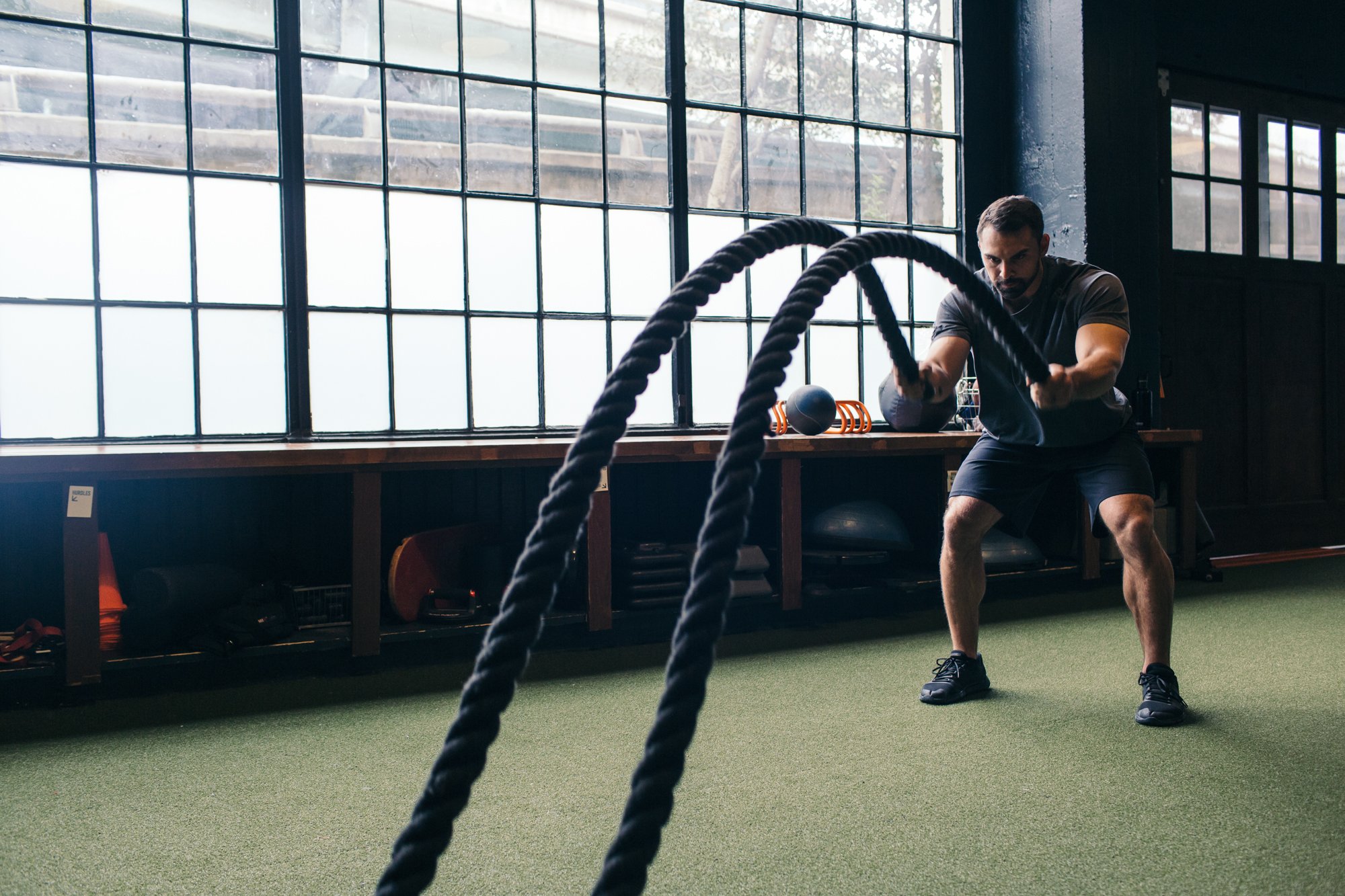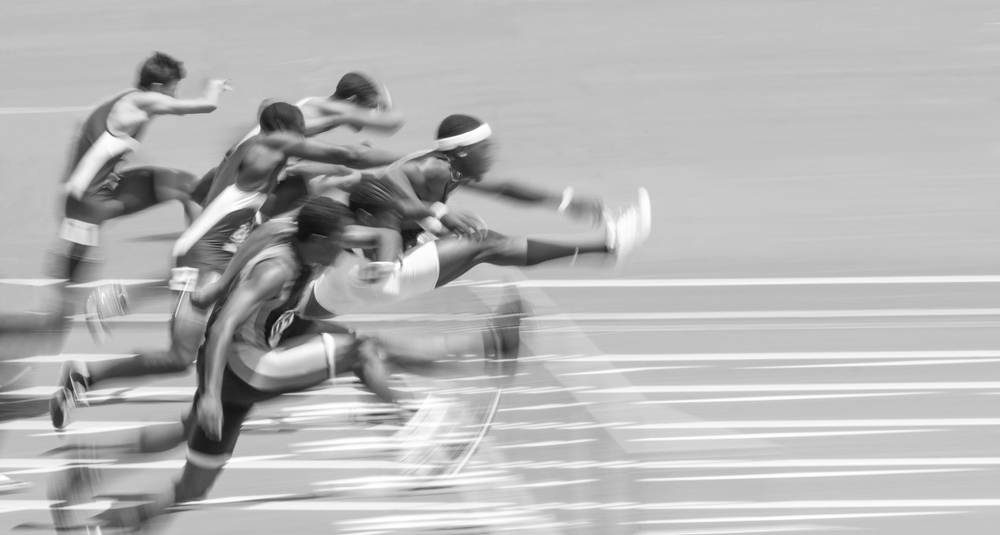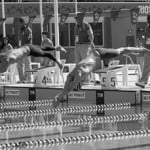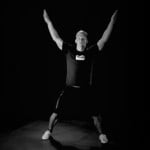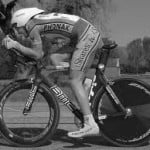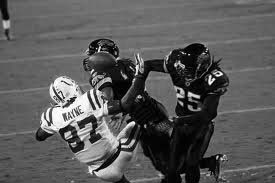10 Essential Items Every Athlete Should Own | BridgeAthletic
By Megan Fischer-Colbrie on February 26, 2015
Coaches, athletes, and parents need to know which athletic items are essential to consistent training and performance. While sport-specific equipment can get expensive, these 10 essentials will help athletes succeed without breaking the bank.
Read MoreJump Start Your Workout with the Dynamic Warm-Up | BridgeAthletic
By Dr. Emily Kraus on December 10, 2014
What is your typical warm-up routine? Or, perhaps a better question is, do you have a warm-up? So many of us are guilty of squeezing in a quick gym session and cutting the warm-up short or eliminating it altogether. Unfortunately, in training and competition, tightness and soreness is a hindrance and without a proper warm-up you could be wasting precious practice time.
Every taper is unique (and it should be). You are a different age, have trained slightly or dramatically differently than the year before, and may be competing in different events. Your coach knows how you respond to rest and will create the taper you need.
Bridge coaches and athletes, it is great to have you back. This week is our last episode of the Collegiate Championship Series where we highlighted swimming and diving, and basketball content. In this video we are going to focus on four exercises aimed at improving p
erformance during this vital stretch of the season.
The Cat/Dog is an excellent warmup movement when faced with increased travel, hotels, and racing. The mainset exercise is the TRX Atomic Pushup, a great unloaded, full-body, plyometric exercise. Next, we move on to the Side V-Up, a core exercise aimed to help with turns and underwaters. The Lying Figure-4 stretch will wrap up today's workout, which is great for post-travel and post-competition recovery.
With the 2014 Sochi Winter Olympics around the corner, it is a great time to discuss training at altitude and its impact on competitions. Athletes who participate in Winter Olympic events must train and compete where the total air pressure is much lower and there are fewer oxygen molecules present. For athletes to perform successfully with less oxygen in every breath, they must spend an extended period of time at altitude while their bodies make physiological adaptations to the environment.
Read MoreWelcome back, Bridge fans. I would like to use this episode to share some ideas and concepts to help you make your pre-competition warm up the best possible. The most important aspect of this warm up is to implement it during the off-season or pre-season, allowing your body time to adjust to the concept prior to competition. Keep the warm up as dynamic as possible. The idea is to warm up the body's core temperature and muscles without fatiguing them. Following are some recommendations to add to your toolbox to help get yourself or your team ready to compete. As always, remember to have your water bottle at your side to stay hydrated before competing.
Read MoreCompression wear has greatly increased in popularity in the athletic community over the past few years. From swimmers wearing them between trials and finals at a big meet, to triathletes and runners wearing them in competition, these sometimes neon colored sleeves/tights are hard to miss. But do these skin-tight garments actually improve performance? There are numerous studies on the issue providing slightly different results. But first off, what’s the draw?
Read MoreIf you watch ESPN, or have ever seen a football game live, you’ve probably seen a horrific concussion. Recent attention in the media towards concussions may beg the question of why this is relevant to you. A concussion is, by an increasingly loose definition, a mild traumatic brain injury that includes any trauma induced alteration in mental status that may or may not involve a loss of consciousness. Moreover, this is purely a clinical diagnosis, meaning no test exists today that can concretely detect concussions. In fact, when doctors analyze CT scans and MRI results, the absence of brain abnormalities on the images helps convince them of a concussion-free diagnosis.
Read More
From childhood, I was always told how important getting enough sleep is to remain healthy and happy. I found it much easier to achieve these recommended amounts of sleep as a kid growing up with limited responsibilities. Then suddenly, I became a collegiate athlete trying to manage a full academic course load while performing at the highest-level possible, and something had to give. My sleep quantity started to dwindle, as keeping up with academics and athletics required more time awake.

